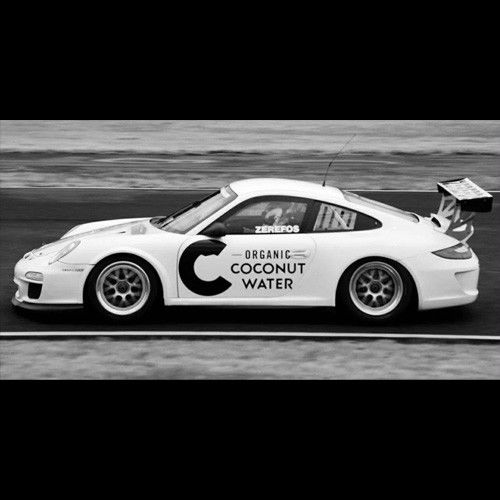

The issue was discussed at length during a recent Supercars Commission meeting and raised publicly by championship leader Will Brown on the category’s latest podcast.
“Do you actually want to get fit for Sandown?” questioned the Triple Eight star.
“When you think about it, with the co-driver weights these days, I want to fatten up. I want to get heavy.”
So how could a driver gaining weight actually help a team’s chances in the endurance races?
Supercars rules state a minimum car weight of 1340kg, including the weight of the driver and their racing apparel (helmet, overalls, gloves, boots, etc).
There is also a minimum driver mass rule of 95kg (including apparel).
Any driver below this number is required to have ballast fitted to their car in a specific spot to reach that 95kg figure.
While that ensures fairness for the single-driver races, the endurance events that feature two drivers per car are a different story.
The minimum car weight of 1340kg applies for any driver who takes part in qualifying, but only to the primary driver for all other sessions – including races.
That results in the lighter co-drivers being able to compete with the car below the minimum weight when paired with a heavier primary.
Last year’s Brodie Kostecki/David Russell and Shane van Gisbergen/Richie Stanaway combinations were notable examples of this phenomenon.
How much difference does it actually make?
At Bathurst, 30kg equates to around two tenths of a second per lap. That’s six seconds over a 30-lap stint. The difference is less for Sandown due to the circuit layout.
Speedcafe understands the recent Commission discussion resolved not to make any last-minute changes before Sandown, given teams already selected their co-drivers under current rules.
However, the wording of the driver weight regulations is likely to be reviewed post-season.
Scott Pye, who steps into a co-driver role alongside Brown this year after losing his full-time ride, says a review is needed.
Speaking on his Apex Hunters United Podcast, Pye claimed the driver weight discrepancies between the drivers in the front-running cars was as much as 36kg last year.
“I think that’s ridiculous because that is an unfair advantage,” said Pye, who noted he’s had to train extra hard just to get down to Brown’s weight this year.
“They need to do something. It’s hard because you don’t want to penalise the main driver.
“Say for instance, if you did the weight off the lightest driver, then you run the risk of penalising someone like a Brodie when he’s in the race at the end.
“You don’t want to make the main driver compromise.
“But somehow there needs to be a way, whether it’s combined weight… there needs to be something done because the 35 kilo difference is way too much, you’re not racing against the same thing.”
Notably, the Bathurst 12 Hour – which is run by Supercars in conjunction with global GT powerhouse the SRO – uses an average weight of the three-driver crews to set driver ballast.
Under those rules, the minimum car weights are taken without drivers, while an 85kg average driver weight figure exists.
Ballast is added for any crews with an average weight under 85kg, while up to 5kg can be removed from the car weight for crews with an average over the figure.























Discussion about this post